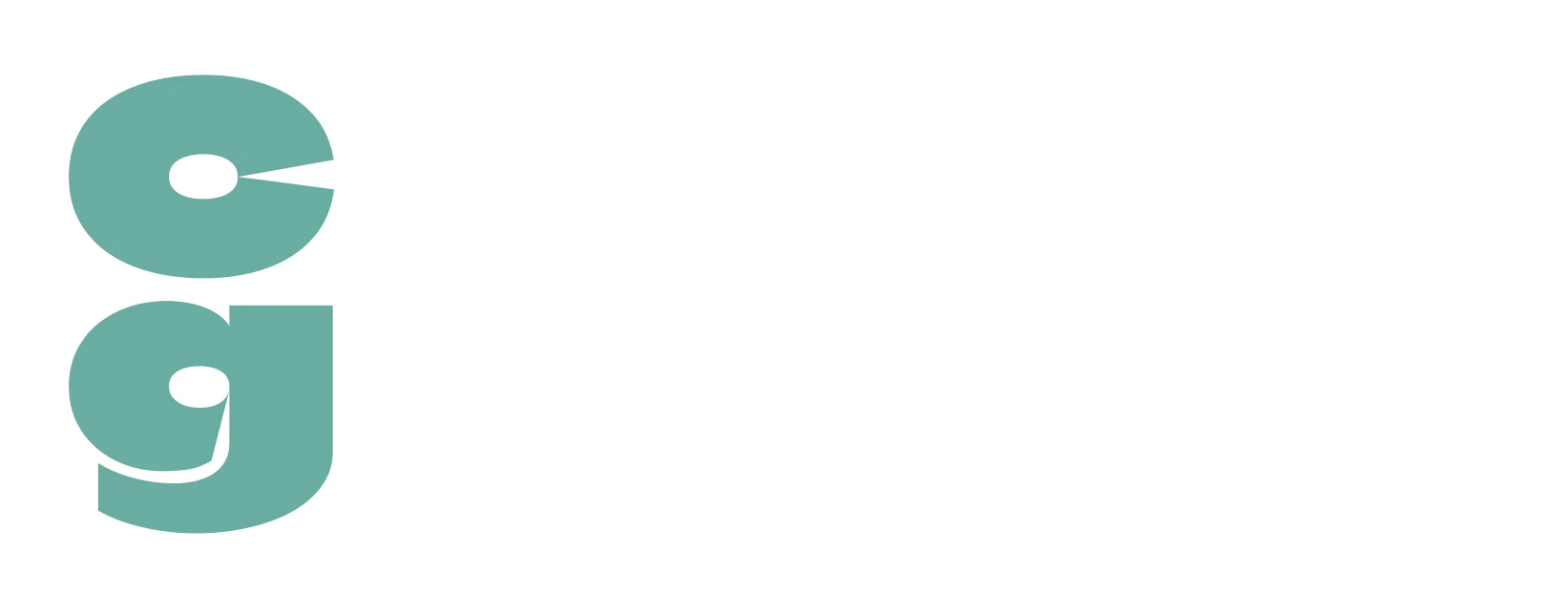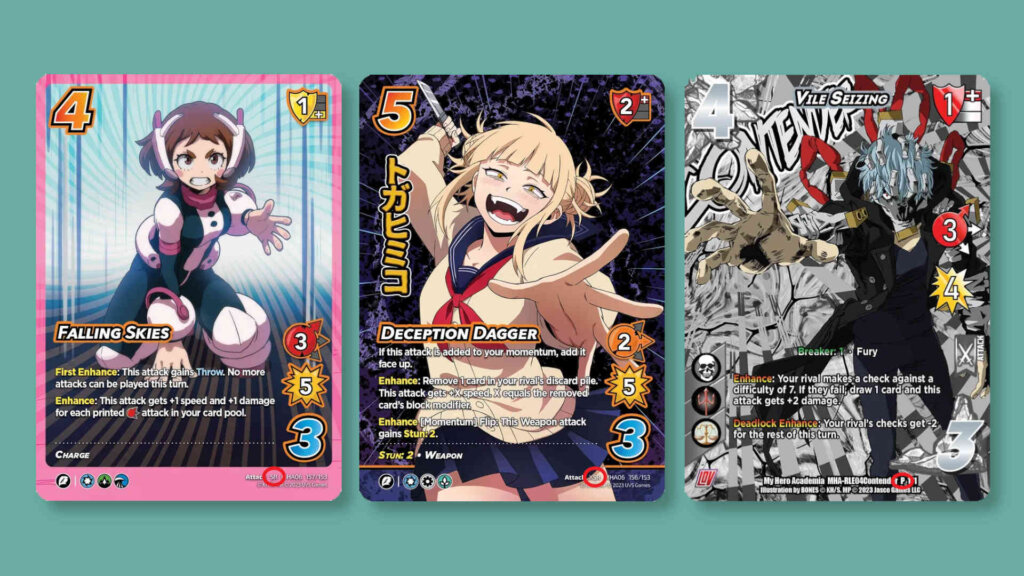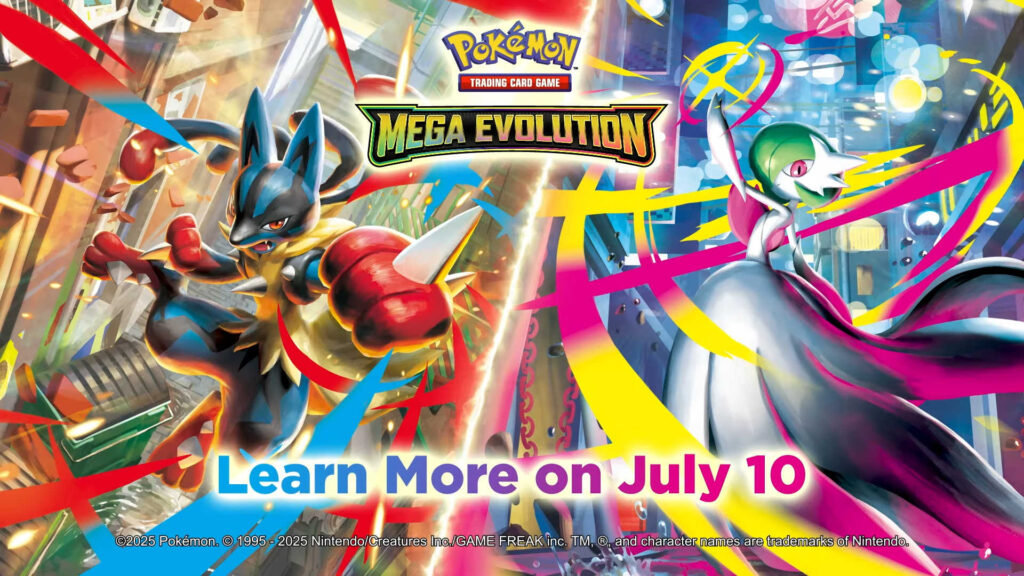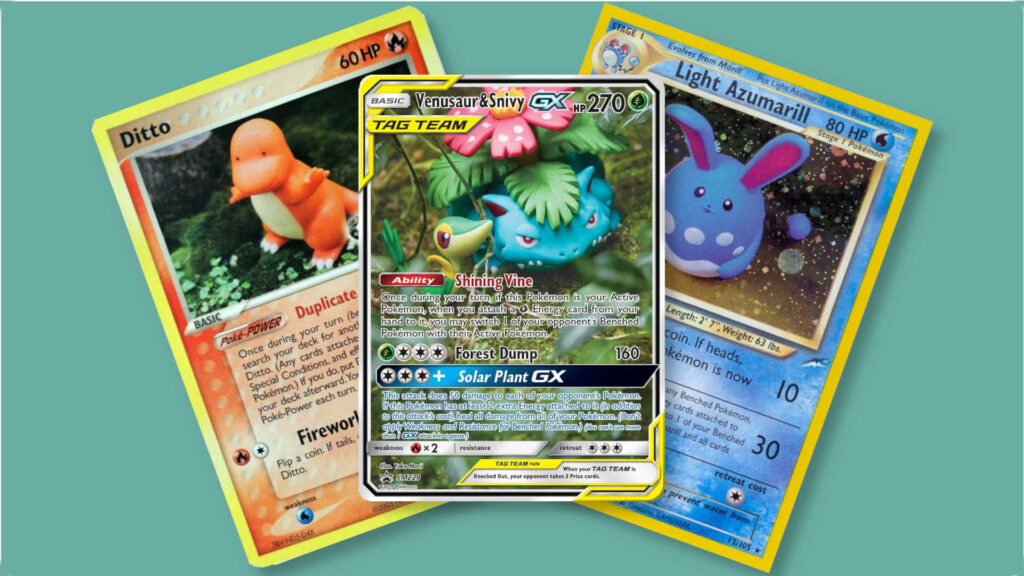It’s time to use your Quirk – as we check out the My Hero Academia CCG rarities!
Ever since Magic: The Gathering, the very first collectable card game (CCG), hit store shelves way back in 1993, cards in boosters and other types of pack or deck have been released at different levels of rarity.
These are usually based on their power and effectiveness in game – but more recently, improvements to printing technology have meant that even more rarity levels can be found, with a variety of cards available with alternate art illustrations and spectacular card treatments.
The My Hero Academia CCG is no different in this regard, with a wide variety of different card rarities that can be quite confusing – unless you have some insight as to what each rarity code actually means.
Which is where we come in – we can help you sort your Ultra Rares from your Secret Rares – and even explain what an XSR is!
Though games such as the aforementioned Magic: The Gathering have a surprisingly small number of different rarity codes, the same can’t be said for My Hero Academia – which has 10 different rarity levels!
- C – Common
- UC – Uncommon
- R – Rare
- UR – Ultra Rare
- XR – Extra Rare
- SR – Secret Rare
- XSR – Extra Secret Rare
- SE – Starter Exclusive
- P – Promo
- BT – Box Topper
Though some are self explanatory, it definitely helps to know the differences, as well as how likely you may be to find each of these in a booster pack – so we’ll go through them one by one.
Table of Contents
ToggleC – Common

As is the case with all CCGs and TCGs (the latter standing for Trading Card Game, which is a term that’s pretty much interchangeable with CCG), Common cards are what you’ll find making up the majority of the contents of a booster pack; in a booster pack of 11 cards, 6 will be at the Common rarity level.
With multiple common cards per booster, they tend to be fairly low powered cards, but they often have good use in the early goings of a game, being low cost in-game and providing the basis for getting you started as you play.
You can see the C – which denotes the card’s Common rarity level – on the bottom right of the card, just before the card’s set number.
UC – Uncommon
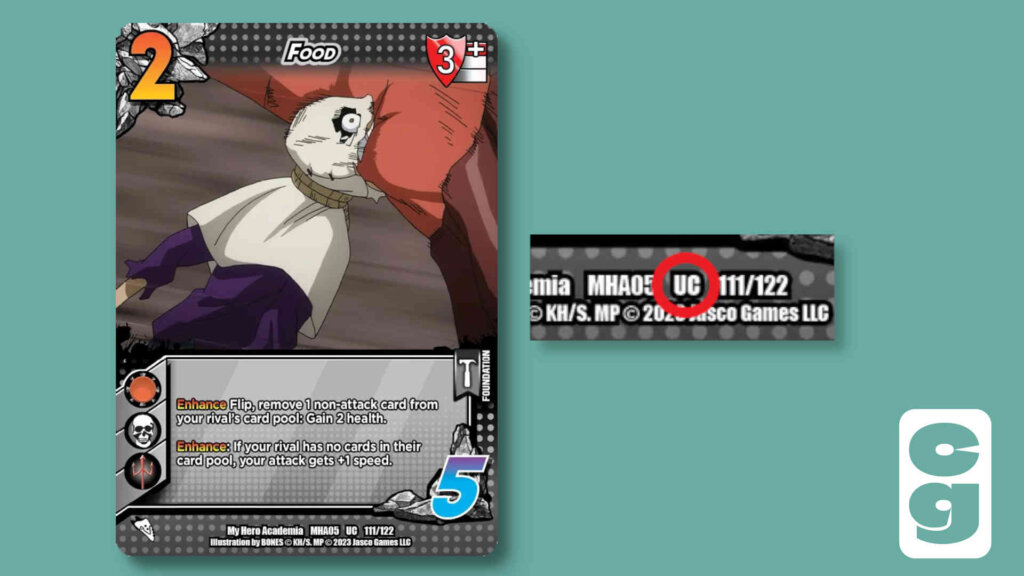
Slightly more powerful than Common cards, Uncommon cards tend to be the ones with interesting abilities that support the rarer cards in a CCG.
In My Hero Academia, Uncommon cards can be found at the rate of 3 in every 11 card booster pack.
The set code is located in the same place regardless of the card’s rarity – you can find the UC, denoting Uncommon, at the bottom of the card, just before the card’s set number.
R – Rare
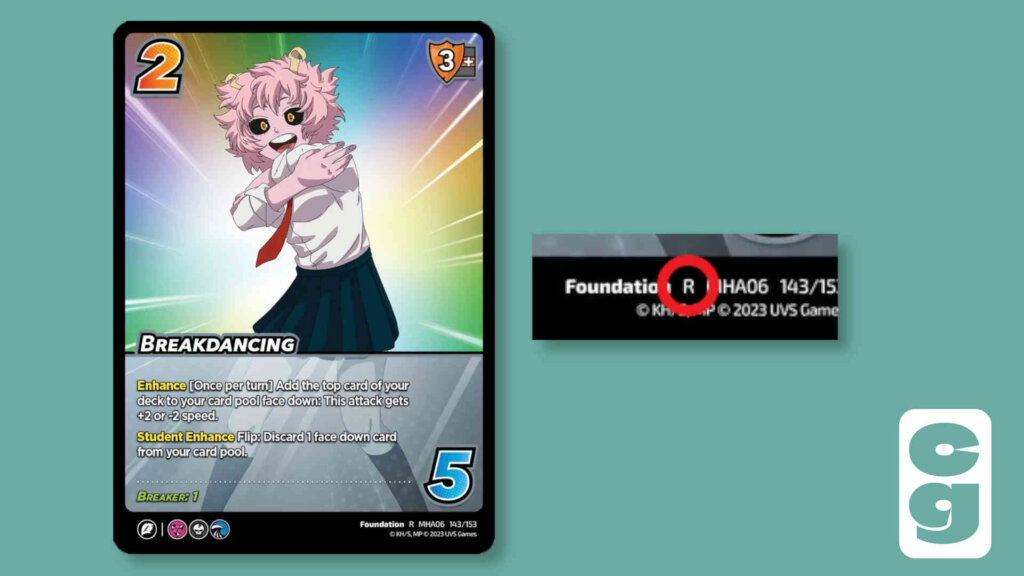
Things get much more interesting with Rare cards, as – despite their ‘Rare’ status – these tend to be the more readily available than those found at higher rarity levels, so you’ll quite often see these making up the majority of the more powerful cards in a player’s deck.
The current sets for My Hero Academia feature booster packs which each contain 11 cards, as I’ve previously stated.
This is made up of 6 Common cards, 3 Uncommons, 1 at Rare or higher and a Character card, which either have their own rarity denoted as a CH or show up as a UC (Uncommon) card, depending on the set.
Older booster packs had just 10 cards, with slightly different distribution – they didn’t always feature a Character card, for example.
The R denotes a card at the Rare level; this can, of course, be seen at the bottom of a card in the usual spot.
So the majority of the time you open a My Hero Academia booster pack, you’ll get a Rare card – though, if you’re lucky, you may well find an even rarer card instead!
UR – Ultra Rare

Much less common than a standard Rare card, Ultra Rare cards tend to be very powerful, with an awful lot of useful and incredibly strong Attack cards at this level of rarity.
The pull rate for an Ultra Rare tends to be around 1 in every 4 booster packs, so if you buy a booster box – which contains 24 packs – you’ll typically find around 6 Ultra Rare cards in the box.
As you’d expect, the UR rarity code can be found at the bottom of the card.
XR – Extra Rare

Cards at rarity level Rare and higher will always have some form of foil treatment; they’re always alternate versions of other cards too.
Interestingly, the cards they’re variants of don’t have to be a particular rarity – you could find cards that are usually Uncommon popping up as Extra Rare, for example!
However, given that they’re so difficult to find – around 1 in 6 boosters has an Extra Rare – this is where you see card values start to rise significantly.
For players, it’s a good idea just to get the more readily available variants of these cards – but collectors are going to want to get their hands on the Extra Rare versions!
SR – Secret Rare
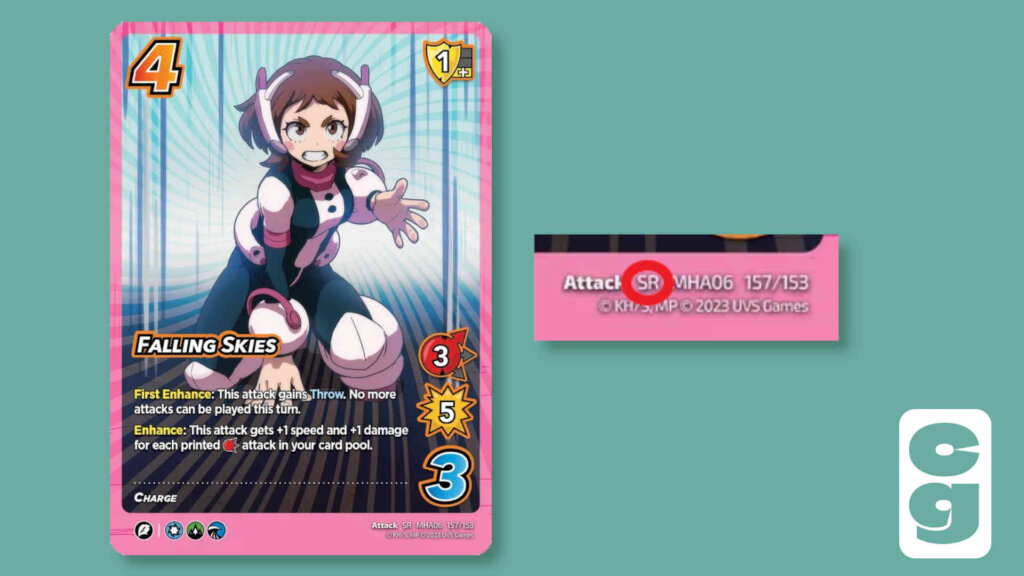
All CCGs and TCGs have a set number of cards; you’ll usually find this on the bottom right of a card, regardless of which game a card is from.
As you’ve seen from the images highlighting each card’s rarity level, My Hero Academia is no different.
You may, however, find that sometimes a card’s number goes above its set’s number.
This isn’t unique to My Hero Academia; many games do this – and the cards which have numbers that exceed the set’s ‘official’ numbering are known as Secret Rares.
At the Secret Rare level, you can expect amazing art – often full or at least extended beyond the usual card frame – as well as gorgeous foil treatments too.
Though not always as highly sought after as Extra Rare cards, they are very difficult to come by – often 1 in every six booster boxes, meaning you’ll generally only see a single Secret Rare card in every 72 booster packs!
XSR – Extra Secret Rare

Though you may expect Secret Rare to be the highest rarity level, given just how few of them you’ll see in the wild, Extra Secret Rare cards go the extra mile in terms of their sparseness!
Though we don’t know the exact pull rate of an Extra Secret Rare, given that it’s even higher than the Secret Rare (which is 1 in 72 booster packs), the chances of finding these in any given booster pack are very low indeed.
These tend to be the most highly prized cards for collectors, with several of them appearing in our most valuable My Hero Academia cards list.
SE – Starter Exclusive
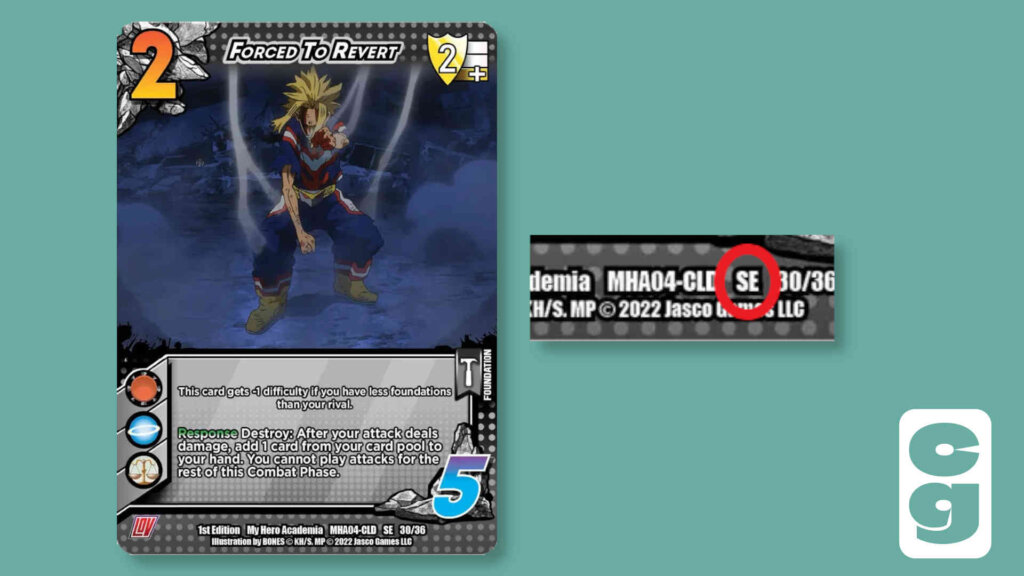
These cards are very interesting, as they’ll most often be reprints of other cards in the set, with very minimal changes.
They may occasionally have a foil treatment that sets them apart, for example, but generally the only difference will be the rarity code itself.
P – Promo
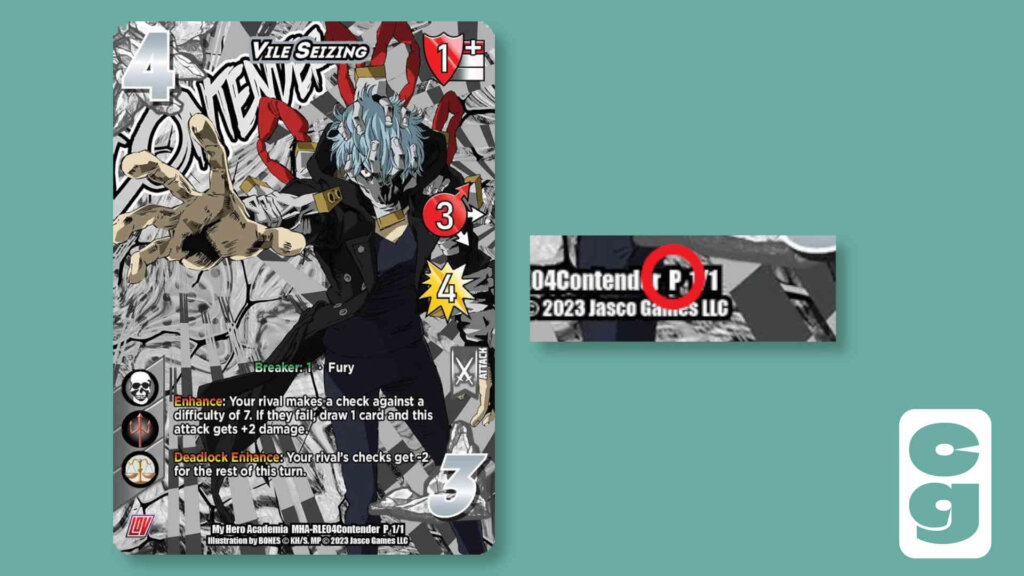
As you may expect by their designation, Promo cards tend to be extremely rare and highly sought after.
Promo cards may be given out at special events or as tournament prizes, making them cards that rise spectacularly in value. In fact, along with Extra Secret Rare cards, you’ll also see a number of these cards on our most valuable My Hero Academia cards list!
BT – Box Topper

Lastly, we have Box Topper cards; these can be found in every sealed booster box of My Hero Academia cards – at the rate of 1 per box.
If your booster box is sealed, when you open it you’ll find this card inside, in its own sealed, transparent, wrapper.
Naturally, these cards aren’t ‘difficult’ to find, as you’ll get one per box – but of course, actually getting hold of one as new means buying an entire booster box in the first place!
